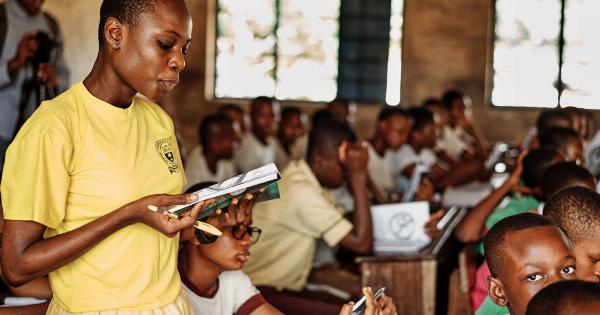The Ebola virus outbreak that started in Guinea in December 2013 is the biggest, longest, and deadliest outbreak in history. The epidemic has claimed the lives of more than 11,300 people and infected more than 28,000 across West Africa.
Although the World Health Organization (WHO) declared an end to the outbreak on March 29, 2016, new cases of the disease continue to emerge.
What is Ebola Virus Disease (EVD)?
Ebola virus disease (EVD) or Ebola hemorrhagic fever (EHF) is a severe, often fatal illness that affects humans and other primates. The virus was first identified in Sudan and the Democratic Republic of Congo in 1976.
The natural reservoir of the virus is not yet known, but fruit bats are considered the most likely host. The virus is transmitted through contact with blood, secretions, organs or other bodily fluids of infected people or animals. The virus can survive on surfaces for several days and can be transmitted through contact with contaminated objects.
Symptoms of Ebola Virus Disease (EVD)
The symptoms of Ebola virus disease (EVD) appear between 2 and 21 days after infection. The early symptoms of the disease include:.
- Fever
- Fatigue
- Muscle pain
- Headache
- Sore throat
- Vomiting
- Diarrhea
- Rash
- Abdominal pain
In severe cases, the disease progresses to internal and external bleeding, which can lead to liver and kidney failure, and ultimately death.
The mortality rate of the disease varies from 50% to 90%, depending on the strain of the virus and the quality of medical care the patient receives.
The Ebola Outbreaks in West Africa
The recent Ebola outbreak in West Africa started in December 2013, when a two-year-old boy in Guinea was infected with the virus. The outbreak quickly spread to the neighboring countries of Liberia and Sierra Leone.
The epidemic was characterized by the rapid spread of the disease, high mortality rates, and inadequate healthcare infrastructure in the affected countries. The outbreak also exposed the poor coordination and response of the global health system to respond to such a crisis.
Response to the Outbreak
The response to the Ebola outbreak was slow and inadequate. The healthcare infrastructure in the affected countries was overwhelmed, with hospitals running out of beds, personal protective equipment, and drugs.
The international community was slow to respond, with many countries delaying their contribution to the fight against the epidemic. However, the response improved over time, with the WHO and other organizations mobilizing resources to combat the disease.
The development of experimental drugs and vaccines, such as the rVSV-ZEBOV vaccine, also played a critical role in containing the outbreak.
The Current Status of the Ebola Outbreak
Although the WHO declared the end of the Ebola outbreak on March 29, 2016, new cases of the disease continue to emerge in the affected countries. According to the WHO, there were two confirmed cases of Ebola in Guinea in March 2021.
The organization is monitoring the situation closely and working with the governments of Guinea, Ivory Coast, Liberia, Mali, Sierra Leone, and other countries in the region to prevent the spread of the disease.
The Challenges of Controlling the Outbreak
There are several challenges in controlling the Ebola outbreak in West Africa. The healthcare infrastructure in the affected countries is still inadequate, with a shortage of hospitals, medical equipment, and trained healthcare workers.
Many people in the affected regions are also distrustful of government and healthcare workers, making it difficult to conduct contact tracing and isolate infected people.
The current COVID-19 pandemic has also affected the response to the Ebola outbreak. The pandemic has diverted resources, attention, and funding from the Ebola outbreak, and has disrupted the healthcare system in the affected countries.
The pandemic has also limited the movement of healthcare workers and supplies, making it difficult to respond to the outbreak.
The Way Forward
The continued emergence of new cases of Ebola virus disease in West Africa highlights the need for sustained and effective response measures.
The response to the Ebola outbreak should focus on strengthening the healthcare infrastructure in the affected countries, building trust with communities, and developing effective preventive measures. The development and deployment of experimental drugs and vaccines should also be encouraged.
Conclusion
The Ebola outbreak that started in Guinea in 2013 has claimed the lives of more than 11,300 people and infected more than 28,000 across West Africa.
Although the WHO declared an end to the outbreak on March 29, 2016, new cases of the disease continue to emerge, and the response to the outbreak remains challenging.
The continued emergence of new cases of Ebola virus disease in West Africa highlights the need for sustained and effective response measures, including strengthening the healthcare infrastructure in the affected countries and developing effective preventive measures.






















